Sun shines in the morning. No kidding.
I drive some more to the West to reach Sólheimajökull
or sun home glacier. This will be the next glacier in Iceland to disappear. It
has been predicted to have 20-30 years left. The first one died in 2014 and on
18th of August this year a memorial was opened there. Premier minister
Katrín Jakobsdóttir and former Irish president Mary Robinson participated in
the event. Okjökull or yoke glacier. Glaciers have died in Iceland before but
Ok was the first with a name. All Icelandic glaciers should disappear during
next 200 years.
Icelanders have different views on the matter.
Some older people are happy because glaciers are seen as a threat. During a
volcano eruption glacier brings with it jökullhlaup or a huge amount of water
that is released and that sweeps everything away. Then again a lot of Icelanders
connects glaciers with local identity. These are emotions. From the practical
side losing glaciers affects hydro energy, fishing, drinking water and tourism.
All for the worst.
I prepare a quick breakfast in the parking lot.
There didn’t seem to be enough time for that on the campsite and the coffee in
the gas station was not open yet. A few people and cars. Sun warms my back.
A bit before ten o’clock some traffic starts
around the yellow bus. Security instructions, handing out gear. Our guide and
nanny of the group is Maxim, from Bulgaria. He lives already three years in Iceland
and knows enough about the glacier. It shrinks with weeks. Weeks. We put on
crampons in a place that was covered with ice two months ago. One has to wear a
helmet because before we reach the ice there is active landslide area. Earlier
the glacier supported the mountain, now everything comes down when it rains.
Which reminds me of a recent piece in the news that not far from here at Tungnakvíslarjökull
has a mountain lost 180 meters of height between 1999 and 2010. Scientists
connect it with climate change.
We climb between teeth that are a mix of lava
and ice up on the glacier itself. Maxim explains how the crevasses and holes are
formed. I would not want to be very close to them. Snow curves towards horizon
between moss-covered rocks.
When we have said goodbye to the glacier and have
climbed back down are there a lot of people who are happily snapping pictures
of themselves with Chinese-made cameras and phones. Not the people in developed
countries are causing climate change but they there, in China.
Back towards East. Now with clear weather all
the surrounding glaciers are suddenly visible that on the way here were hidden
in clouds. There are a lot of them, still.
I skip all the tourist-infected beautiful places
that I have already seen. Reynisfjara beach and Vík where all people who do not
speak Icelandic have been collected. Jökulsárlón next to which a glacier is
leaving with a memorable spectacle. Sheep have gathered on the road to look at
a seagull that has been hit by a car.
Maxim said that in the south and east there will
be a storm tomorrow. Sun is still high and I go to have a look at Vestrahorn
right away. It’s a mountain, west horn. Actually there are three mountains,
also Brunnhorn or well mountain that looks like Batman, and Austrahorn, east
horn, that, surprise, surprise, is visible from the east.
Access to the place is behind pay barrier. This
is one of two Icelandic nature sights that are not for free. There are not many
visitors but the black sand dunes are full of footprints nevertheless. I wander
around and find alternative photo motives. Sea lands in picturesque half circle.
It is worthwhile to come back here tomorrow despite bad weather.
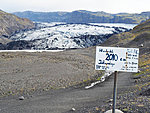
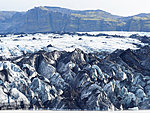
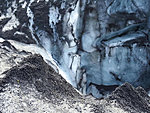
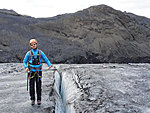
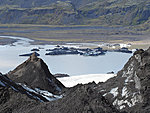
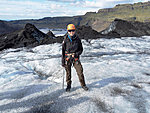
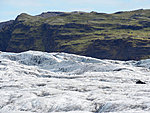
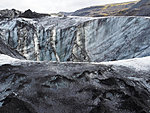
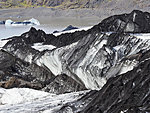
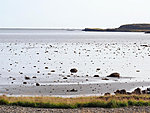
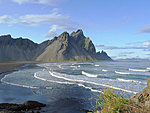
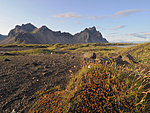
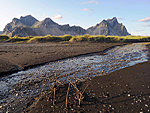
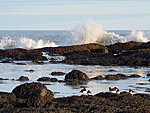
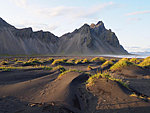
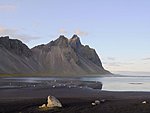
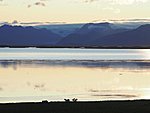
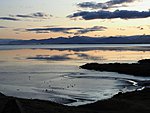
Add a comment